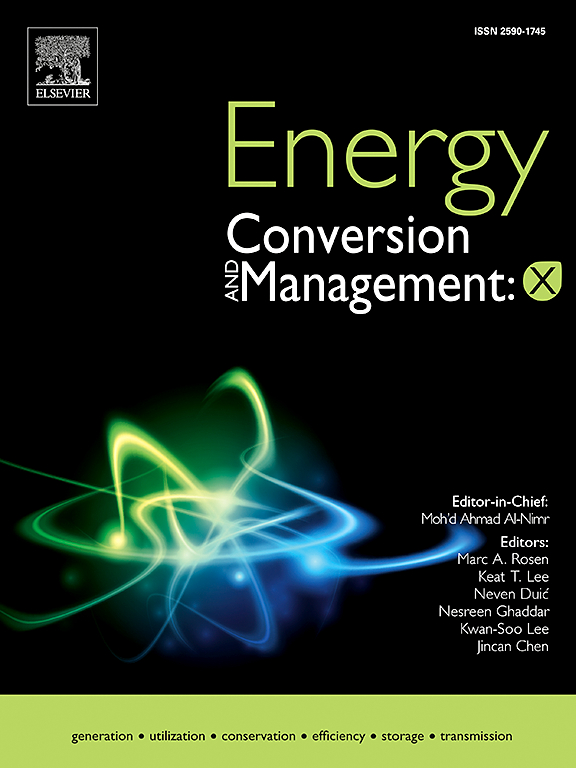Well-to-Pump life cycle Assessment of methanol derived from high ash Coal, natural Gas, and municipal solid waste
IF 9.9
1区 工程技术
Q1 ENERGY & FUELS
引用次数: 0
Abstract
With growing energy needs and the increasing threat of climate change, it becomes necessary to study the impact and feasibility of alternative fuels compared to conventional fossil fuels. One such alternative fuel is Methanol, which is also used widely in the chemical and pharmaceutical industries. It can be blended with gasoline/ diesel or used as 100% Methanol. Conventionally, Methanol is produced from natural gas. This pathway’s viability is investigated in the Indian context and compared with other pathways in this study. This study assesses the life cycle environmental and economic impact of Methanol production (by thermal partial oxidation methods) from municipal solid waste and high-ash Indian coal. It shows insights into integrating green hydrogen produced from the electrolysis of water using renewable energy (solar photovoltaic, in this study) pathways. This study considers seven scenarios based on feedstocks, integration of green hydrogen and the avoided emissions from the municipal solid waste. Using municipal solid waste with green hydrogen integration is found to have a positive environmental impact by reducing greenhouse gas emissions by 2.4 times compared to natural gas, which is a positive step in the direction of attaining “Net Zero” goals. The high-ash coal pathway without green hydrogen integration exhibited the most environmental impact (∼2.9 times compared to natural gas). The high ash coal pathway emissions could be reduced by 86% from the current scenario by integrating green hydrogen into the production stage, bringing the overall emissions to a level comparable to the natural gas pathway.

求助全文
约1分钟内获得全文
求助全文
来源期刊

Energy Conversion and Management
工程技术-力学
CiteScore
19.00
自引率
11.50%
发文量
1304
审稿时长
17 days
期刊介绍:
The journal Energy Conversion and Management provides a forum for publishing original contributions and comprehensive technical review articles of interdisciplinary and original research on all important energy topics.
The topics considered include energy generation, utilization, conversion, storage, transmission, conservation, management and sustainability. These topics typically involve various types of energy such as mechanical, thermal, nuclear, chemical, electromagnetic, magnetic and electric. These energy types cover all known energy resources, including renewable resources (e.g., solar, bio, hydro, wind, geothermal and ocean energy), fossil fuels and nuclear resources.
 求助内容:
求助内容: 应助结果提醒方式:
应助结果提醒方式:


